
On February 1, 2012 SpaceX announced that it had completed the development of a new, more powerful version of a storable-propellant rocket engine, this one called SuperDraco. This high-thrust hypergolic engine—about 200 times larger than the Draco RCS thruster hypergolic engine—offers deep throttling ability,[6] and just like the Draco thruster, was designed to provide multiple restart capability and use the same shared hypergolic propellants as Draco. Its primary purpose was to be for SpaceX's LAS (launch abort system) on the Dragon spacecraft. According to a NASA press release, the engine has a transient from ignition to full thrust of 100 ms. During launch abort, eight SuperDracos were expected to fire for 5 seconds at full thrust. The development of the engine was partially funded by NASA's CCDev 2 program. Name: Draco comes from the Greek drakōn for dragon. Draco (constellation) is a constellation (the Dragon) in the polar region of the Northern Hemisphere near Cepheus and Ursa Major.
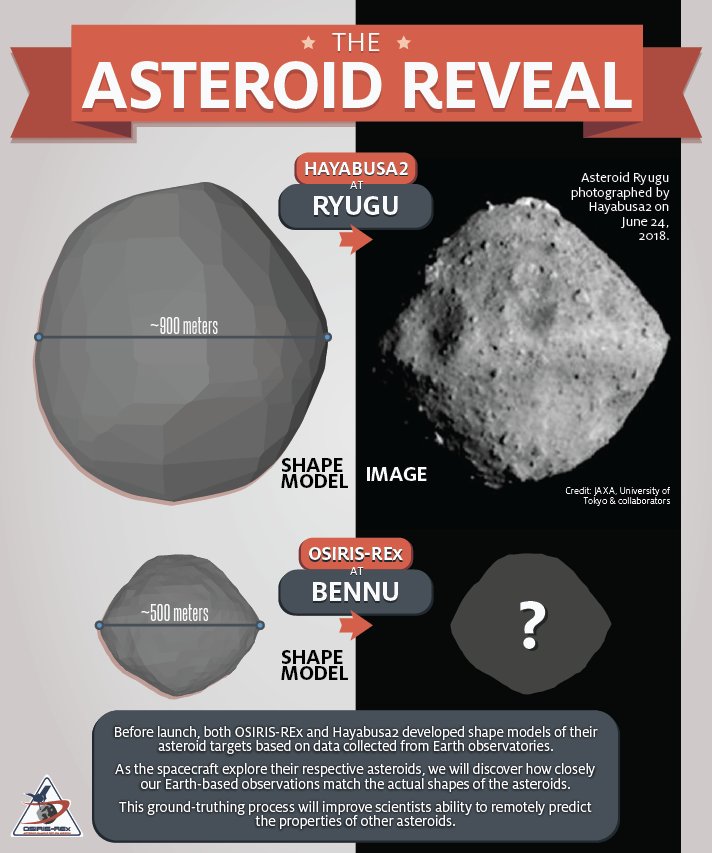
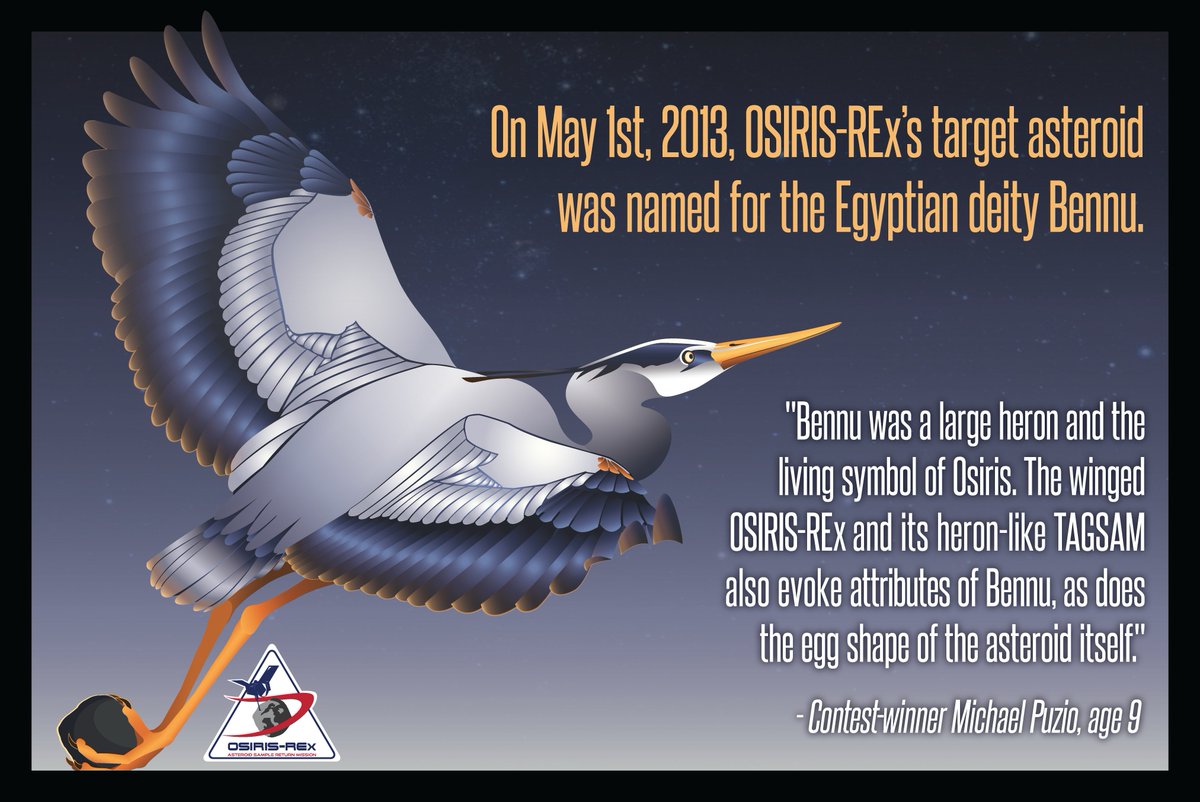
Ryugu=Dragon
Bennu=Phoenix
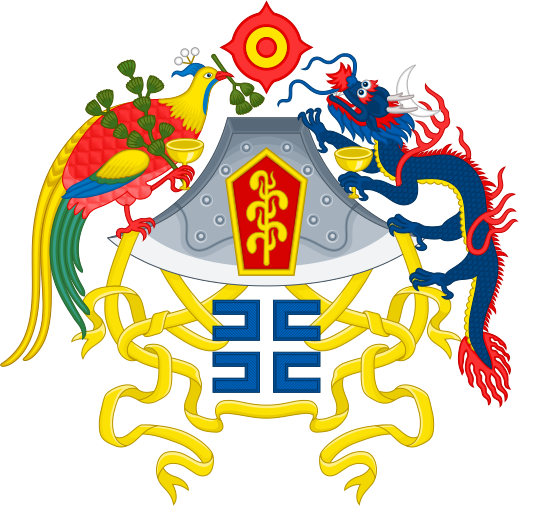
http://www.planetary.org/blogs/jason-davis/new-global-views-ryugu-20km.html
Tokyo 2020 Olympic torch relay schedule unveiled
The Tokyo Organizing Committee of the Olympic and Paralympic Games meets on July 12 to approve the start of the 2020 Olympic flame relay.
Olympic torch relay to start in Okinawa after 3 events in Tohoku
Torch ignition will likely take place in Olympia around March 19-20 (Equinox ignition)
(Confirmed on 9/12)
"The torch will be handed over to Japan at a ceremony in Athens on March 19, following the flame lighting ceremony on March 12 and an eight-day torch relay in Greece."
https://mainichi.jp/english/articles/20180913/p2g/00m/0sp/012000c
March equinox 2020 will be at 8:50 p.m. on
Thursday
,
March 19
equinox ignition/impact (remember Ryugu impact is on the equator)
The relay will start on March 26, 2020 in Fukushima and will head southward to Okinawa before making its way north again and arriving in Tokyo on July 10.
https://www.japantimes.co.jp/news/2018/07/12/national/torch-relay-2020-summer-games-start-fukushima-prefecture/#.W3UJGOhKjIU
https://japantoday.com/category/sports/olympics-2020-torches-to-be-made-of-recycled-aluminum-from-fukushima


Under the motto "Hope Lights Our Way", the Olympic flame relay will depart from Fukushima and travel through the 47 prefectures of the Japanese archipelago for 121 days before the lighting of the Olympic cauldron during the Games' opening ceremony.
The decision was taken after a meeting between the organizing committee and several members of the Tokyo metropolitan government after considering other proposals, including starting the run from Okinawa, which was the origin of the relay during the 1964 Tokyo Olympics.
http://www.ntv.co.jp/englishnews/society/2020_olympic_torch_relay_to_start_in_okinawa_or_miyagi/
2020 Olympic torches to be made of recycled aluminum from Fukushima

Hayabusa2 is an asteroid sample-return mission operated by the Japanese space agency, JAXA. It follows on from Hayabusaand addresses weak points identified in that mission.[5] Hayabusa2 was launched on 3 December 2014 and rendezvoused at near-Earth asteroid 162173 Ryugu on 27 June 2018.[6] It is intended to survey the asteroid for a year and a half, depart in December 2019, and return to Earth in December 2020.
Hayabusa 2 will take a sample and return it to Earth by 2020
Should all go according to plan, Hayabusa 2 is expected to spend around 18 months near the asteroid and return to Earth with samples at the end of 2020, the year Tokyo hosts the Summer Olympic Games.
https://www.cbc.ca/news/technology/hayabusa2-1.4724233
The Ryukyu Islands[a] (琉球諸島 Ryūkyū-shotō), also known as the Nansei Islands (南西諸島 Nansei-shotō, lit. "Southwest Islands")or the Ryukyu Arc (琉球弧 Ryūkyū-ko), are a chain of Japanese islands that stretch southwest from Kyushu to Taiwan: the Ōsumi, Tokara, Amami, Okinawa, and Sakishima Islands (further divided into the Miyako and Yaeyama Islands), with Yonaguni the southernmost. The larger are mostly high islands and the smaller mostly coral. The largest is Okinawa Island.
In Japanese mythology, the Dragon King’s Palace (Ryūgu) is said to be located at the bottom of the sea, near the Ryukyu Islands (Okinawa), and it belongs to Ryūjin, the Japanese name for the dragon king.

2018 King Osiris Torch
https://eighthball.blogspot.com/2017/10/2018-king-osiris-torch.html
https://eighthball.blogspot.com/2017/11/osiris-rex-olympic-torch.html
https://eighthball.blogspot.com/2017/11/osiris-rex-olympic-torch.html
2018 2020


The Pyeongchang torch unveiling was followed by the IOC confirming a Fukushima venue for 2020.
Feb 2017:
Feb 2017:
PYEONGCHANG 2018 OLYMPIC TORCH AND TORCHBEARER UNIFORMS UNVEILED
Tokyo 2020: Fukushima to host Olympic events nine years on from nuclear disaster
And on the closing ceremony for PyeongChang, Fukushima was seismically active

NASA has major events on July 4th and 11th 2020 while the Torch arrives in Tokyo on July 10, and in this case the symbolism and real world will probably resonate.
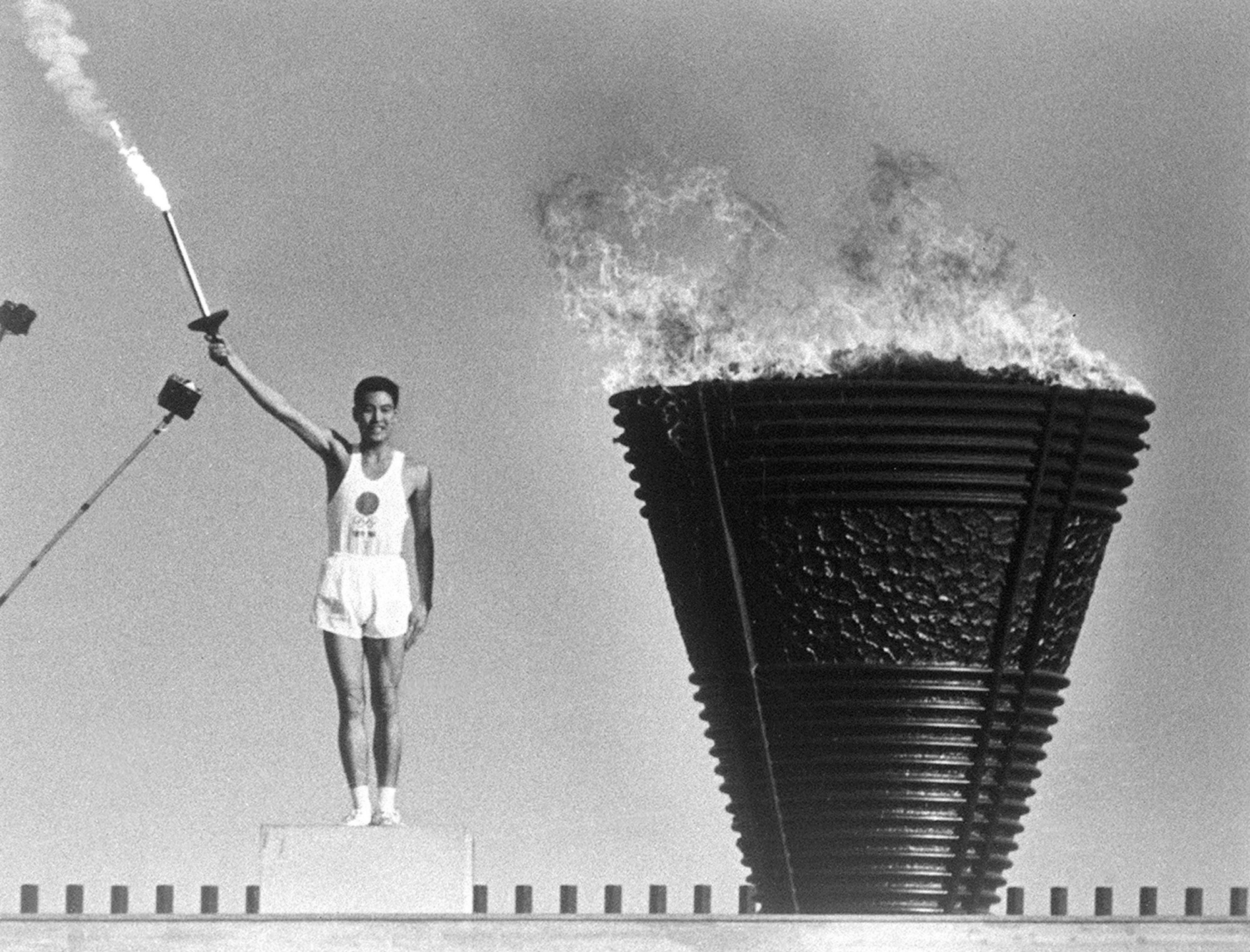
On 7 September, the flame landed on the island of Okinawa. The first runner was Isamu Miyagi, who carried the torch to the Okutakeyama Stadium, where a welcome ceremony was held. To make up the delay owing to a typhoon in Hong Kong, a part of the flame was sent to the Japanese mainland in Kagoshima on 9 September, while the Okinawa relay continued. On 11 September, the two flames were once again reunited in Fukuoka.
The flame crossed Japan by taking four different paths, leaving respectively for Kagoshima, Miyazaki, Chitose and Aomori. From Chitose, the flame travelled to the prefecture of Aomori, where the route split into two: one headed for the south towards the Sea of Japan, and the other also went southwards but on the Pacific Ocean side.
On 9 October in Tokyo, in the square outside the Imperial Palace, the four flames were reunited in one cauldron on the occasion of a ceremony.
On the following day, the final relay stage during which the route went from the Imperial Palace to the National Stadium, the flame was carried by five men and two women before being handed to the final runner, Yoshinori Sakai, at the Opening Ceremony. He climbed the 163 steps that led up to the cauldron and lit it exactly three hours and three seconds after noon.
The Lockheed Martin-built spacecraft will travel to the asteroid Bennu and arrive in 2018. After spending time coordinating its path with the asteroid, it is expected to collect a sample during a five-second process on July 4, 2020.
July 11, 2020: Venus Flyby #3
http://parkersolarprobe.jhuapl.edu/The-Mission/index.php#Timeline
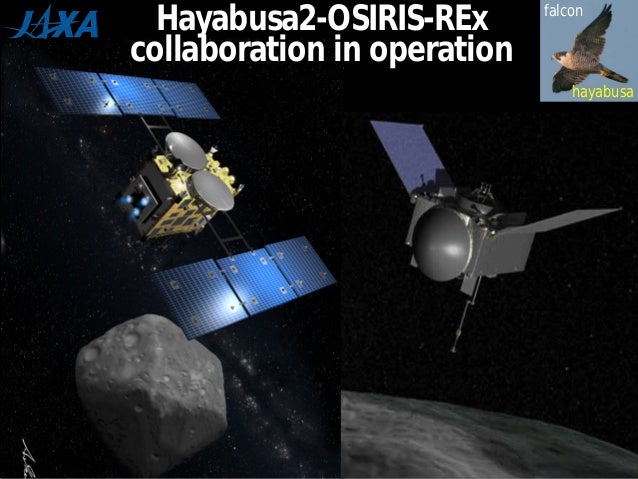
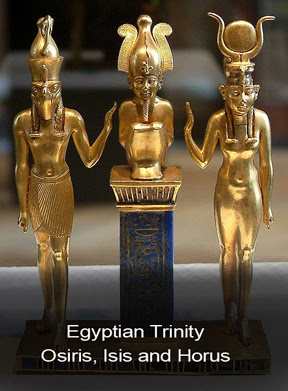





Was Ryugujo, The Dragon Palace, which is said to have a different season on each of its four sides, actually symbolic of the Big Dipper and the Pole Star?


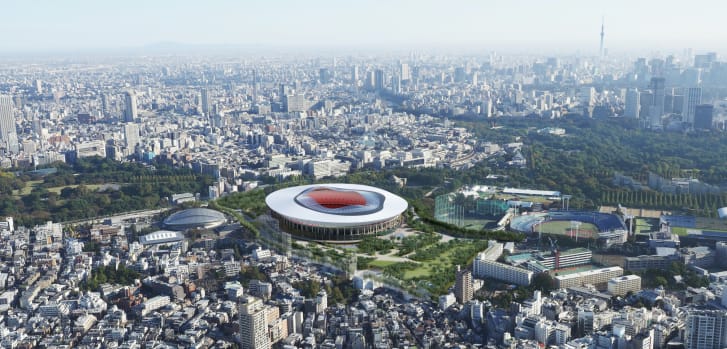
No comments:
Post a Comment